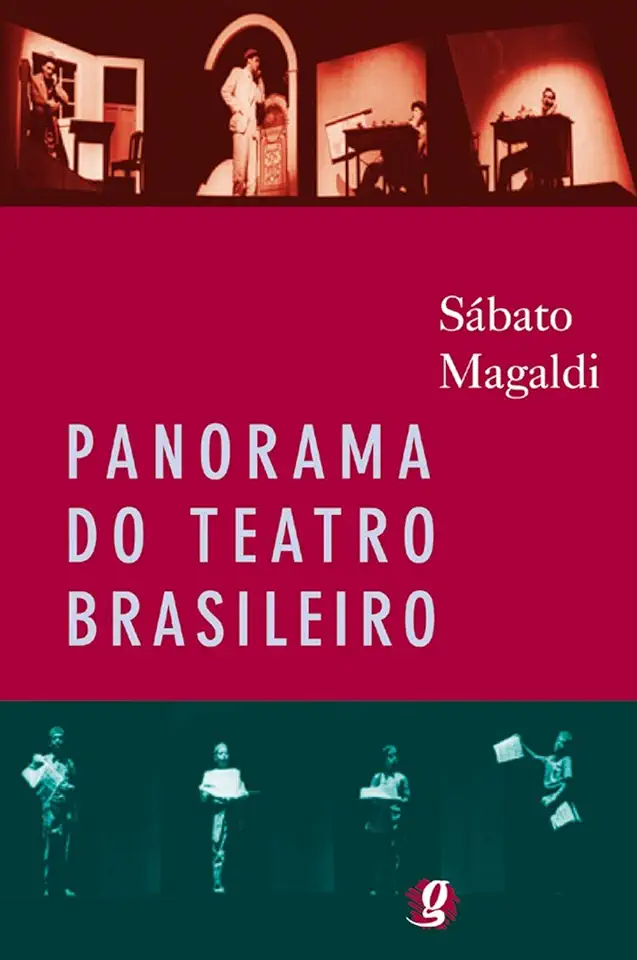
Brazilian Theatre Overview - Sábato Magaldi
Brazilian Theatre Overview: A Comprehensive Guide to the History and Evolution of Brazilian Theatre
By Sábato Magaldi
Introduction
Brazilian theatre is a vibrant and diverse art form that has been shaped by a rich history and cultural heritage. From its humble beginnings in the 16th century to its current status as a global powerhouse, Brazilian theatre has undergone a remarkable transformation. This comprehensive guide provides an in-depth exploration of the history, evolution, and key figures of Brazilian theatre, offering readers a deeper understanding and appreciation of this captivating art form.
The Early Years: Colonial Influences and the Birth of Brazilian Theatre
The origins of Brazilian theatre can be traced back to the colonial period, when Portuguese settlers brought their theatrical traditions to the New World. Religious plays, known as autos, were among the earliest forms of theatre in Brazil, serving as a means of spreading religious teachings and moral values. These early theatrical performances laid the foundation for the development of a distinct Brazilian theatre that would emerge in the centuries to come.
The 19th Century: Romanticism, Realism, and the Rise of National Identity
The 19th century marked a period of significant growth and transformation for Brazilian theatre. Romanticism emerged as the dominant artistic movement, inspiring playwrights to explore themes of national identity, history, and culture. Dramatists such as Martins Pena and Joaquim Manuel de Macedo crafted plays that celebrated Brazilian customs and traditions, while also addressing social and political issues of the time. Realism also gained prominence, with playwrights like Artur Azevedo and Aluísio Azevedo delving into the harsh realities of Brazilian society and exposing social injustices.
The 20th Century: Modernism, Experimentalism, and International Recognition
The 20th century witnessed a remarkable flourishing of Brazilian theatre, characterized by a spirit of innovation and experimentation. Modernism emerged as a major force, challenging traditional theatrical conventions and pushing the boundaries of artistic expression. Playwrights such as Oswald de Andrade, Mário de Andrade, and Plínio Marcos embraced modernist aesthetics, creating plays that were often provocative, surreal, and politically charged. Experimental theatre companies, such as the Teatro Oficina and the Grupo Galpão, further expanded the horizons of Brazilian theatre, exploring new forms of staging, movement, and audience interaction.
Contemporary Brazilian Theatre: Global Impact and Cultural Exchange
In recent decades, Brazilian theatre has gained international recognition and acclaim. Playwrights like Ariano Suassuna, Dias Gomes, and Augusto Boal have achieved global prominence, their works translated and performed around the world. Brazilian theatre companies have toured internationally, showcasing the country's rich theatrical heritage and captivating audiences with their innovative productions. The influence of Brazilian theatre can be seen in contemporary theatre practices around the globe, as artists draw inspiration from its vibrant energy, social consciousness, and artistic experimentation.
Key Figures of Brazilian Theatre
This guide also highlights some of the key figures who have shaped the course of Brazilian theatre. From the pioneering playwrights of the 19th century to the innovative directors and actors of the 20th century, these individuals have left an indelible mark on the art form. Their contributions have enriched Brazilian theatre and propelled it to its current position of global prominence.
Conclusion
Brazilian theatre is a testament to the power of art to reflect and shape society. With its rich history, diverse influences, and enduring spirit of innovation, Brazilian theatre continues to captivate audiences and inspire artists around the world. This comprehensive guide provides a valuable resource for anyone seeking to delve deeper into the world of Brazilian theatre, offering a deeper understanding and appreciation of this remarkable art form.
Enjoyed the summary? Discover all the details and take your reading to the next level — [click here to view the book on Amazon!]